Echoes of Revolution: The Games That Reshaped Our Digital Horizons
Experience the revolutionary impact of iconic games like Doom, Half-Life, and Donkey Kong, transforming gaming into a captivating digital universe of endless possibilities.
I still remember the electric shiver crawling up my spine when I first witnessed pixels breathing into life, forming worlds where none existed before. Like ancient storytellers etching legends onto cave walls, these games carved new realities into our collective consciousness, transforming not just how we play but how we dream. They became our modern constellations – guiding stars in a digital firmament that redefined possibility itself. Imagine a world without these architects of virtual revolution: no gravity-defying leaps through Mushroom Kingdoms, no anarchic joyrides through Liberty City's rain-slicked streets. These titles weren't mere entertainment; they were tectonic plates shifting beneath our fingertips, cracking open chasms where new genres would bloom.
💥 10. Doom: The Fractal Genesis of Chaos
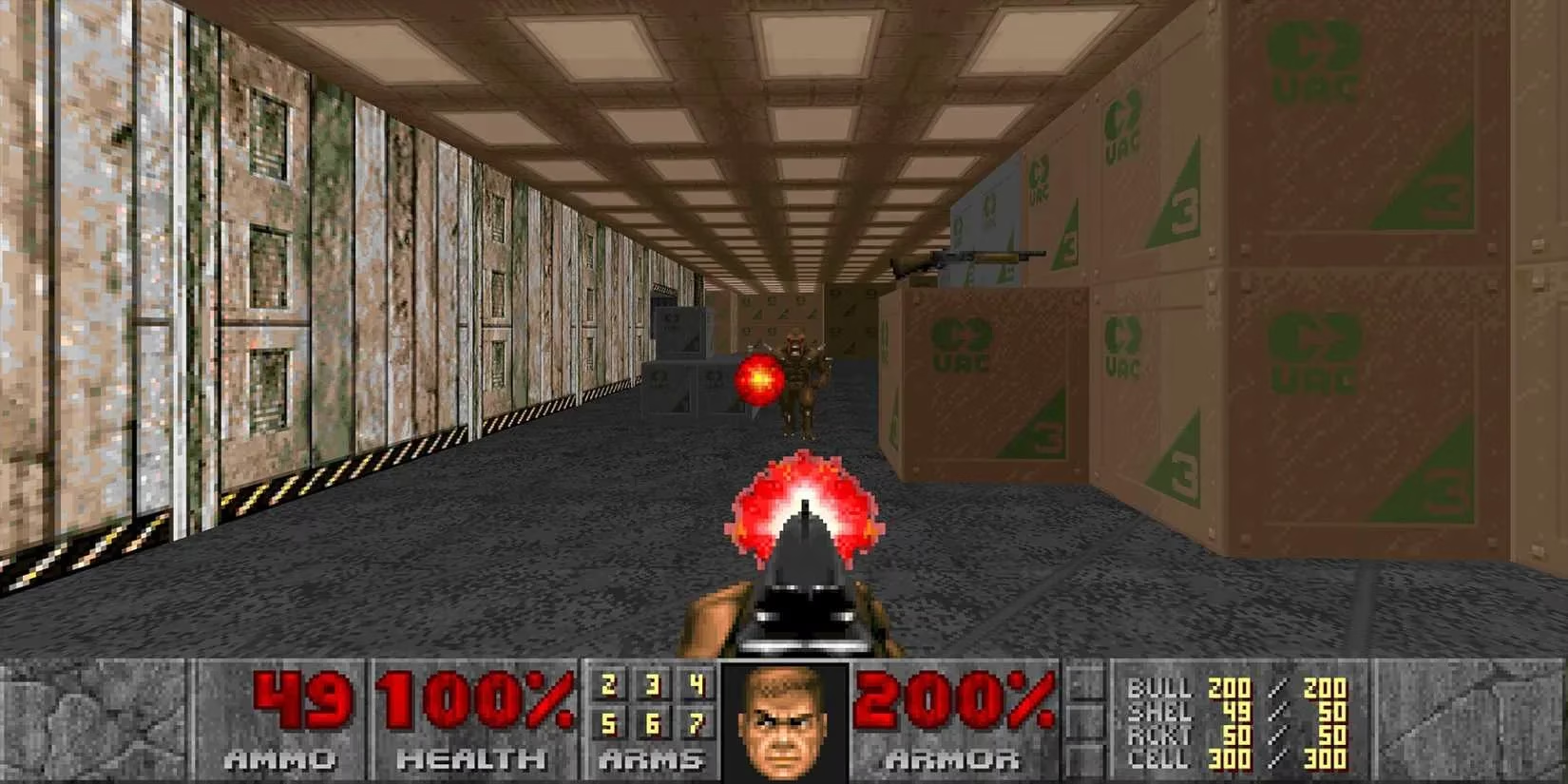
Wolfenstein 3D may have drawn the blueprint, but Doom erected a cathedral of carnage where every shotgun blast echoed like a manifesto. Its corridors weren't just levels; they were neurological pathways rewiring our understanding of immersion. I recall the demonic snarls creeping through my speakers like malevolent whispers, transforming dorm rooms into battlegrounds. The true sorcery? It wove multiplayer threads connecting us faster than telegraph wires across continents – a digital campfire where friendships forged in pixelated blood. People Also Ask: Why does Doom's 2016 reboot resonate decades later? Because it honored its DNA: pure, undiluted velocity – a snarling cheetah ignoring the hunter's rifle.
📖 9. Half-Life: The Silent Symphony of Story
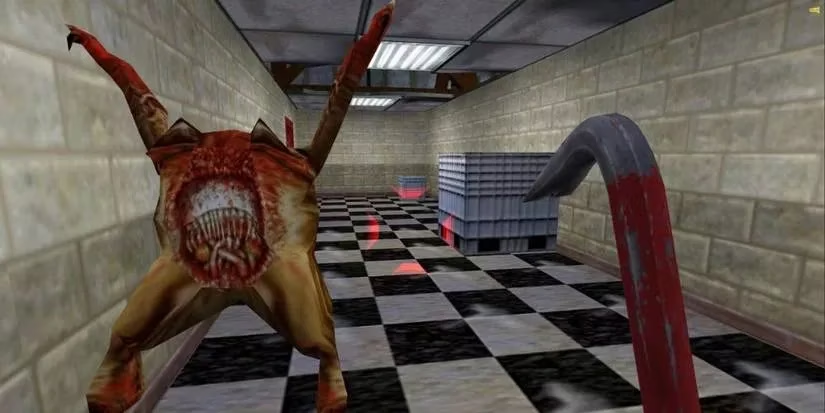
Where Doom roared, Half-Life whispered – a masterclass in narrative alchemy. Gordon Freeman's silence wasn't emptiness; it was a vacuum pulling us deeper into Black Mesa's collapsing heart. Valve didn't just create levels; they engineered ecosystems where headcrabs weren't sprites but terrifying consequences. Its gravity gun? More revolutionary than Newton's apple – suddenly every object held potential energy, turning physics into poetry. People Also Ask: How did Half-Life influence modern VR? By proving immersion isn't about spectacle, but the weight of a crowbar in your hands and the echo of your own breath in abandoned corridors.
🦍 8. Donkey Kong: The First Leap of Faith
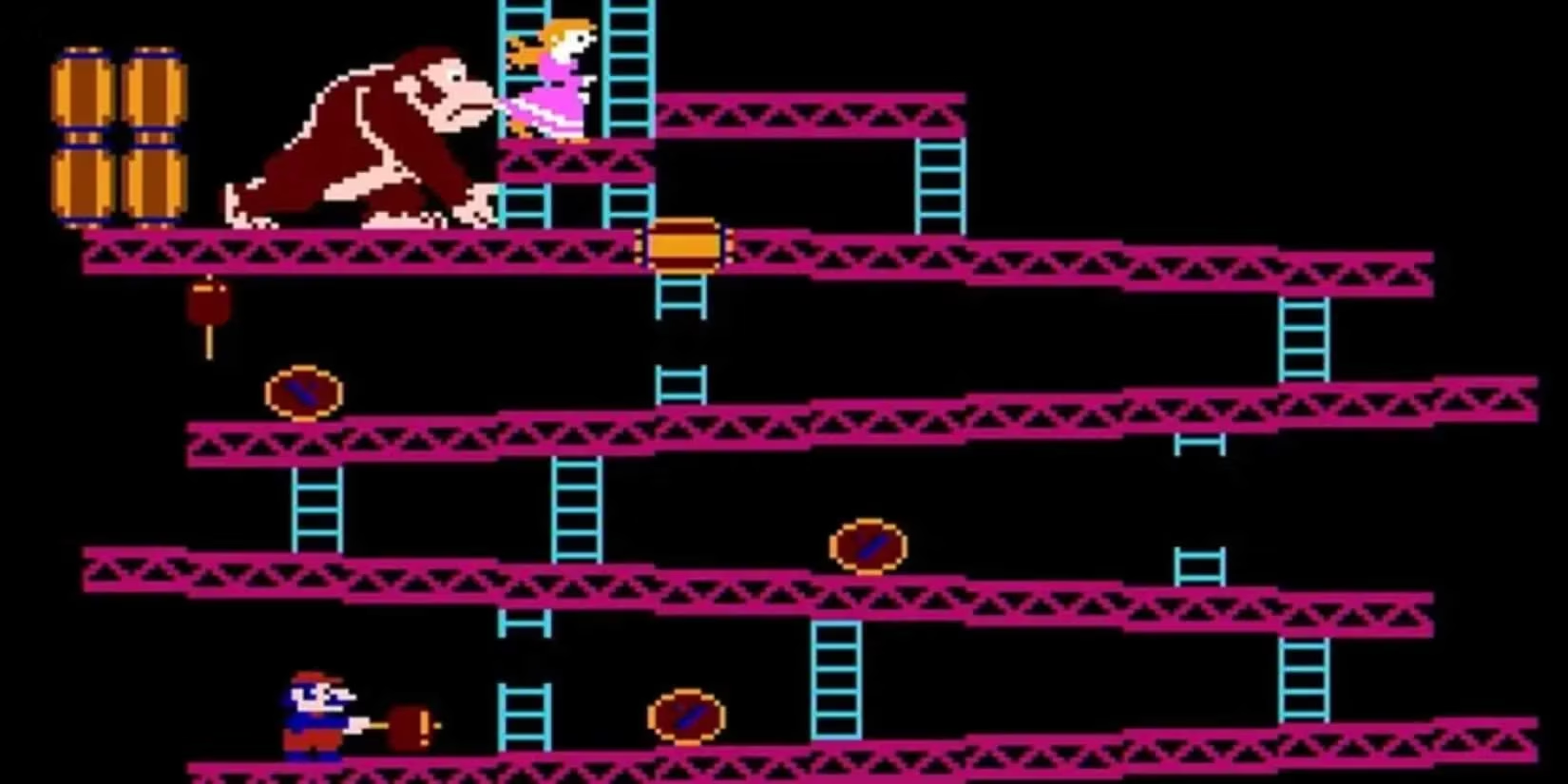
Before Mario ran, he jumped – a vertical defiance that cracked gaming's flat earth theory. Donkey Kong was Prometheus stealing fire; that first gravity-defying vault birthed platforming itself. But its genius was subtler: the hammer's metallic clang scoring our anxiety, Pauline's pixelated distress humanizing abstraction. Like finding sentiment in stone tablets, it made us care. That iconic tune? Still the industry's nursery rhyme. People Also Ask: Why revisit arcade relics today? To witness courage – developers gambling everything on a single mechanic, like tightrope walkers crossing Niagara.
🏰 7. Super Mario 64: Painting with Three-Dimensional Dreams
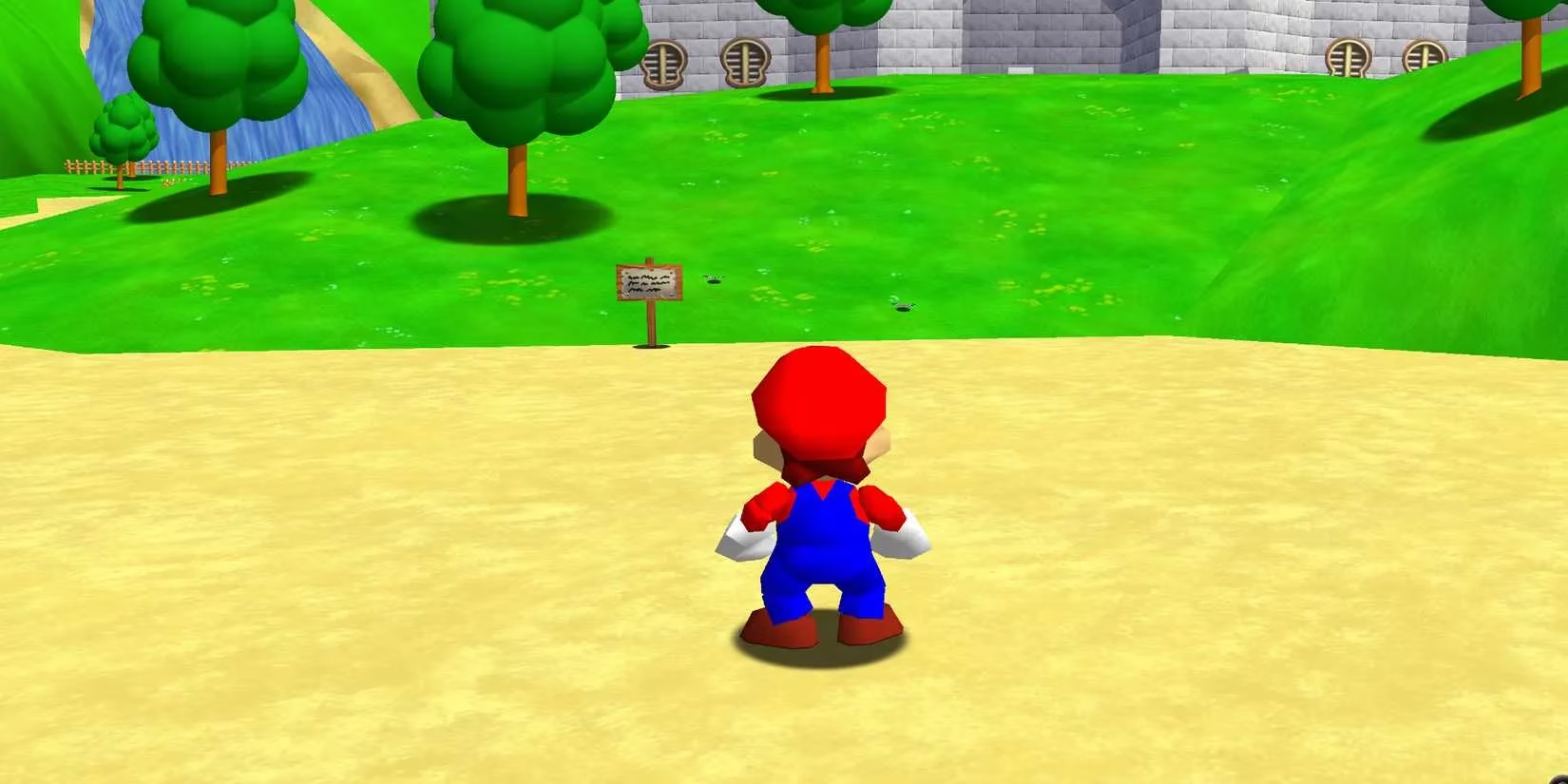
Peach's castle courtyard wasn't just a level; it was a baptism into spatial wonder. I remember spinning Mario beneath sun-dappled trees, realizing control sticks could be paintbrushes for 3D landscapes. Nintendo didn't adapt platforming; they reinvented movement itself – each triple jump a declaration that air could be sculpted. Modern open worlds? Still drinking from its font. People Also Ask: How does Odyssey compare to this pioneer? As a dazzling fireworks display to the first controlled fire – glorious, yet standing on shoulders of the giant who taught us to climb.
🧪 6. Zelda: Tears of the Kingdom - Alchemy on Outdated Hardware
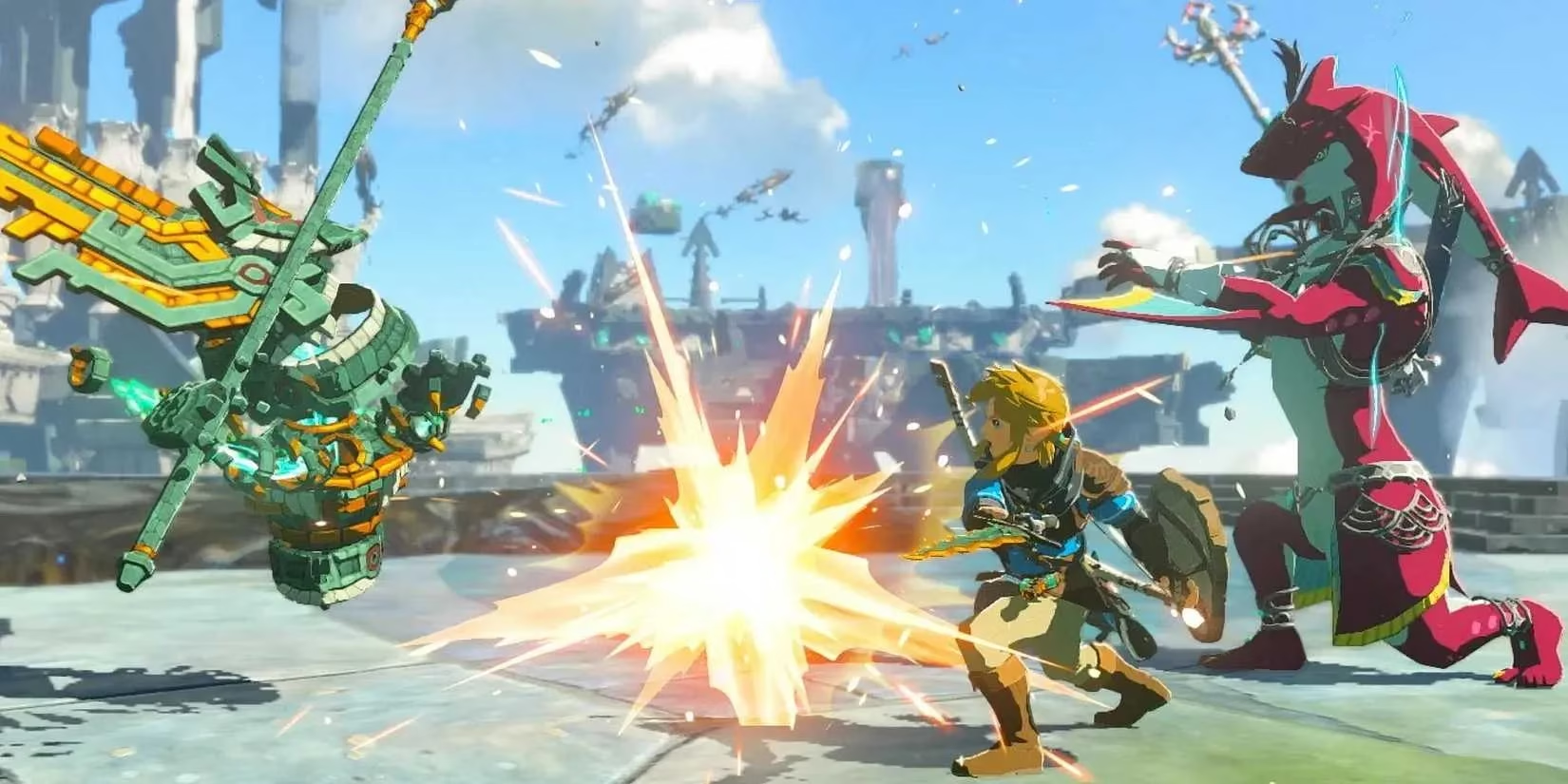
Breath of the Wild was a revelation, but Tears of the Kingdom? Pure alchemy. Nintendo performed sorcery on Switch hardware, making its limitations vanish like morning mist. The crafting system defies logic – building monstrous mechs from tree trunks and shrine parts felt like da Vinci sketching helicopters in parchment margins. Sky Islands weren't just locations; they were layered promises, proving verticality could be emotional depth. People Also Ask: Will Nintendo ever top this? As sure as sunrise – they turn constraints into springboards, like spiders spinning silk bridges across impossible chasms.
👊 5. Street Fighter 2: The DNA of Digital Rivalry
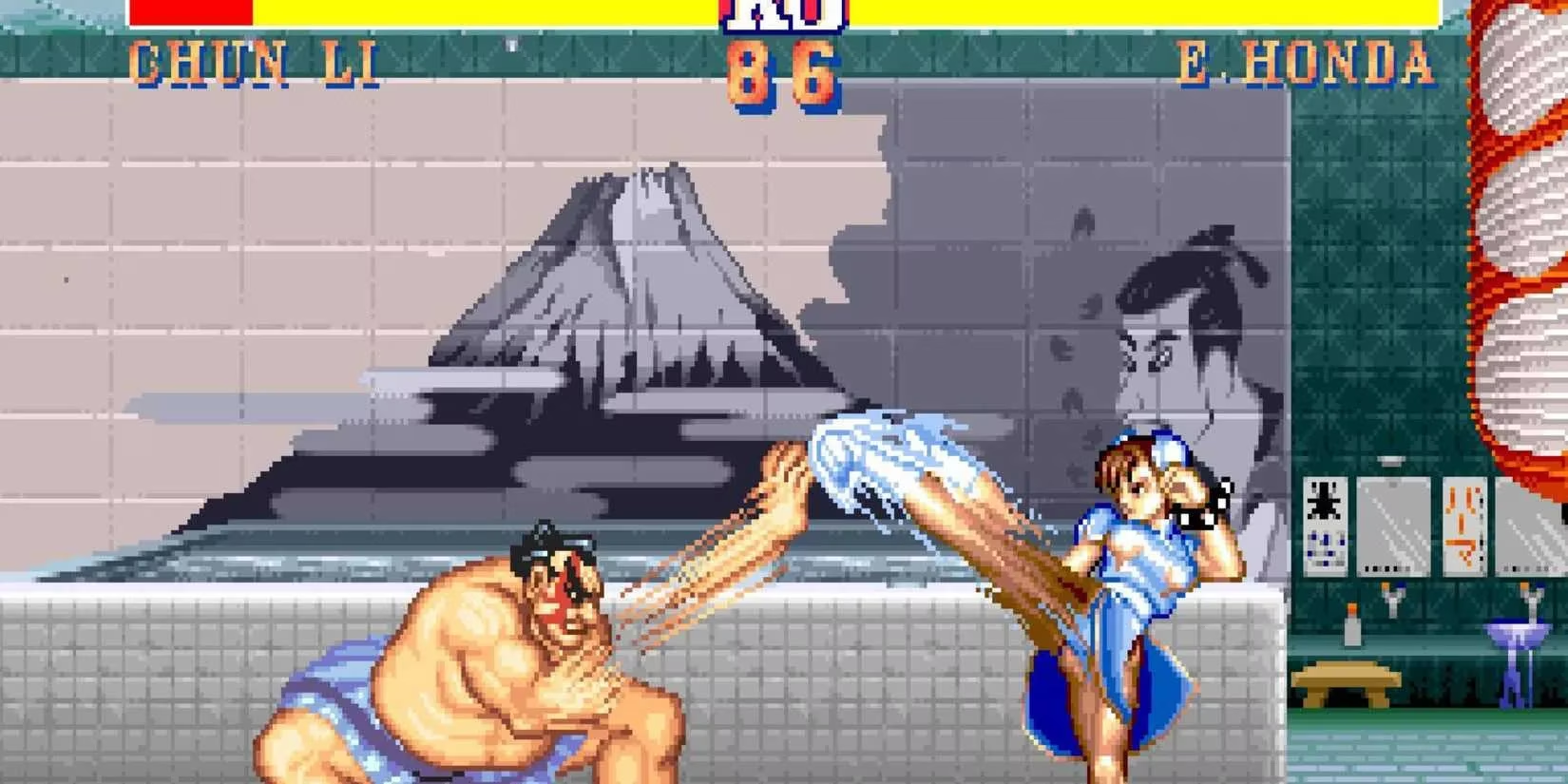
Before Ryu's fist met M. Bison's jaw, fighting games were monologues. Street Fighter 2 orchestrated dialogues – each character a distinct instrument in a violent symphony. Arcades transformed into gladiatorial colleges where we dissected frame data like sacred texts. That controller evolution? Forged in its fire. People Also Ask: Why does its roster design still dominate? Because it understood fighters aren't skins but philosophies – Dhalsim's yoga stretches versus Zangief's bear hugs taught us conflict could be poetry.
🚗 4. Grand Theft Auto 3: The Concrete Playground Manifesto
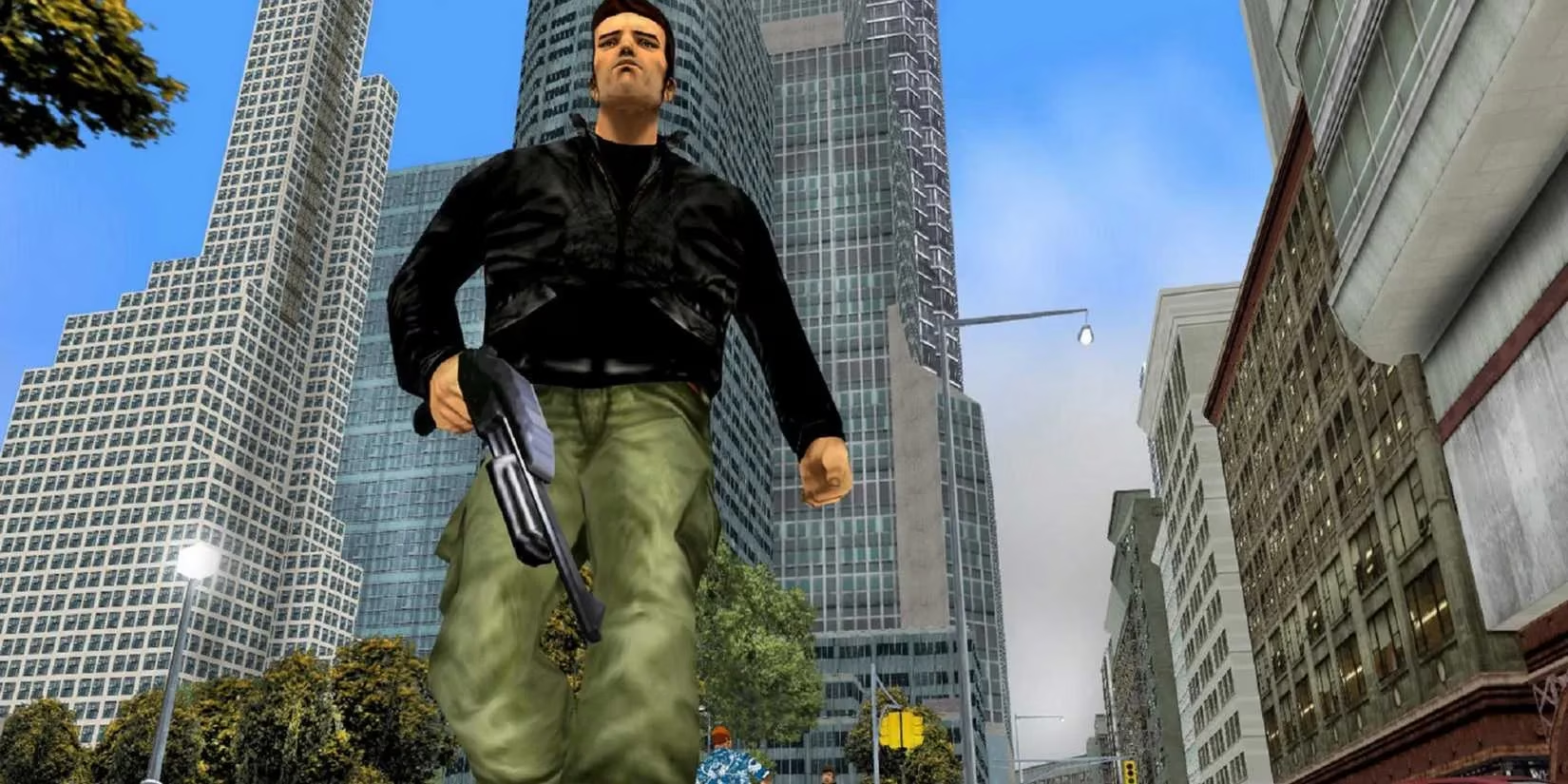
Liberty City wasn't rendered; it was conjured – a grimy, breathing beast where chaos became curriculum. Rockstar didn't build a sandbox; they dropped us into an ant farm with a magnifying glass. My most cherished memories? Not heists, but humid afternoons stealing ambulances with friends, laughing as pixels painted rebellion. Every open-world since owes it rent. People Also Ask: How did it change narrative freedom? By realizing players want authorship – to scribble their own stories in the margins of the script.
📜 3. Morrowind: The Unwritten Gospel of Possibility
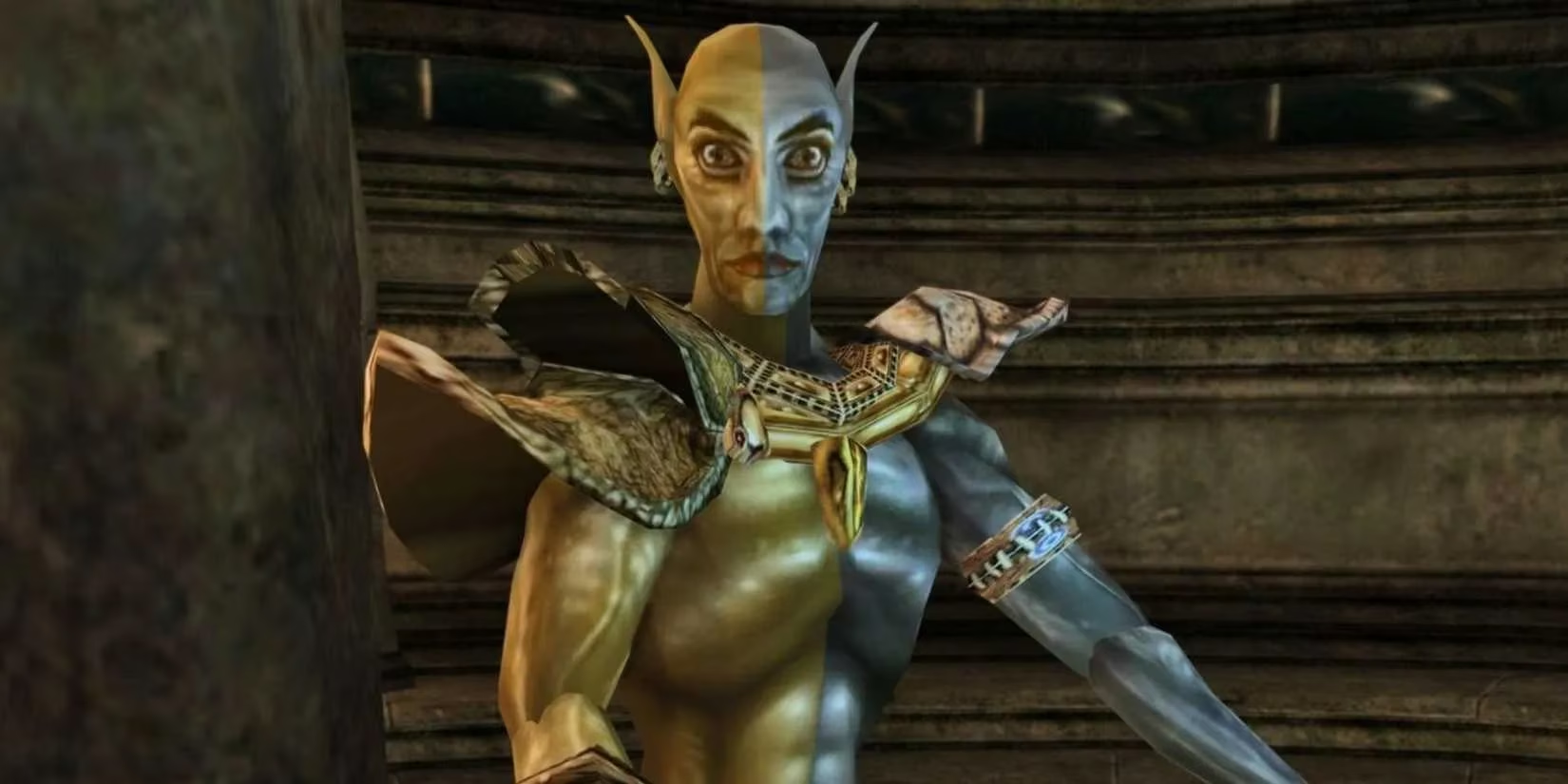
Vvardenfell wasn't a map; it was an existential riddle wrapped in fungal towers and god-kings. Morrowind handed us quills instead of scripts – allowing us to become thieves, saints, or walking calamities. Its skill system didn't level up characters; it evolved mythologies. That freedom? Still the genre's holy grail. People Also Ask: Why do modern RPGs struggle to match its depth? Like comparing frescoes to finger-painting – it embraced jank as charm, letting systems collide like elemental particles.
⚔️ 2. Dune II: The Chessboard Beneath the Sands
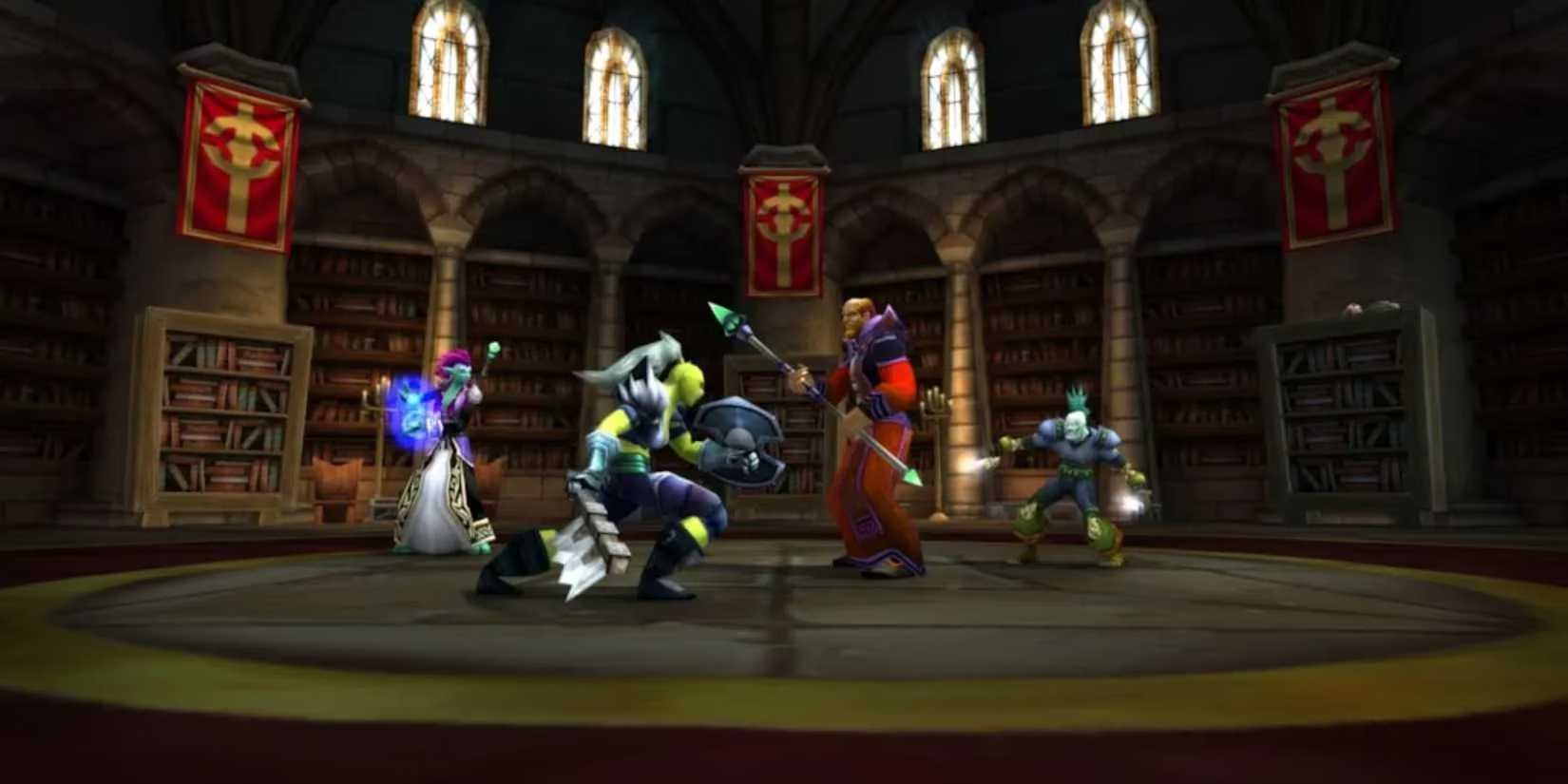
Before spice harvesters crawled across Arrakis, strategy games were turn-based soliloquies. Dune II conducted real-time symphonies – fog of war thickening tension, resource management as nerve-wracking as defusing bombs. It birthed RTS DNA still pulsing in StarCraft and Age of Empires. People Also Ask: How did its mechanics become universal? By understanding strategy isn't about grandeur but granular control – each harvester a neuron firing in a planetary brain.
🌍 1. World of Warcraft: The Infinite Campfire
Azeroth wasn't a world; it became our second skin. WoW transformed grinding into pilgrimage – those pointless treks through Elwynn Forest? Secretly spiritual journeys. Its genius wasn't raids, but accidental communities forming around campfires, strangers becoming comrades while dying to murlocs. Twenty years later, it endures because it valued curiosity over efficiency – the reckless thrill of poking level 60 elites just to see what happened. People Also Ask: Why does Classic WoW still thrive? Because true connection isn't designed; it blooms in the spaces between quest markers, like wildflowers in concrete cracks.
🔮 Uncommon Metaphors
-
Playing Morrowind felt like discovering a library where every book rewrote itself based on which shelf you touched – a labyrinth of living parchment.
-
Super Mario 64's 3D space was a soap bubble universe, iridescent and trembling, yet impossibly coherent.
❓ Frequently Asked Questions
| Question | Answer |
|---|---|
| Do these games remain relevant today? | Absolutely – they're foundational languages modern titles still speak, like Shakespearean English in contemporary novels |
| Why no recent games on this list? | True innovation now occurs incrementally; 2025's breakthroughs build upon these seismic shifts rather than replace them |
| Can indie games achieve similar impact? | Undoubtedly – games like Minecraft prove revolution doesn't require budgets, just visionary design courage |
| How did these titles influence non-gaming tech? | From GPUs evolved for Doom to cloud infrastructure shaped by WoW, they accelerated hardware and network paradigms |
These masterpieces weren't mere products; they were cultural exclamation points echoing through decades. To play them is to touch the fingerprints of pioneers who coded not just software, but new ways of seeing – digital Prometheuses who handed us fire and whispered, Now build your own suns.
Research highlighted by Polygon delves into the cultural impact of landmark titles like Doom and World of Warcraft, emphasizing how these games not only shaped genres but also influenced the way communities form and interact online. Polygon's editorial features often explore the narrative depth and technological breakthroughs that continue to inspire both developers and players across generations.